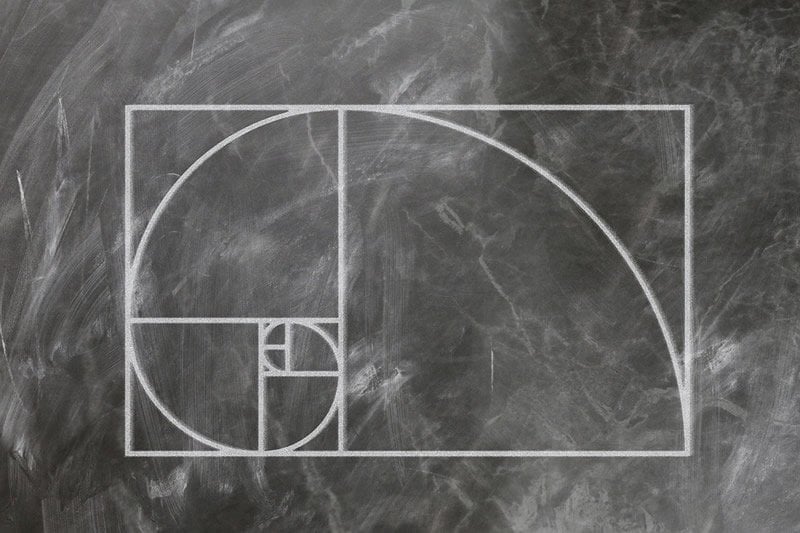Summary: The Golden Ratio was noted in the human skull dimensions, but not in other mammals. The findings may have important anthropological and evolutionary implications.
Source: Johns Hopkins Medicine
The Golden Ratio, described by Leonardo da Vinci and Luca Pacioli as the Divine Proportion, is an infinite number often found in nature, art and mathematics. It’s a pattern in pinecones, seashells, galaxies and hurricanes.
In a new study investigating whether skull shape follows the Golden Ratio (1.618 … ), Johns Hopkins researchers compared 100 human skulls to 70 skulls from six other animals, and found that the human skull dimensions followed the Golden Ratio. The skulls of less related species such as dogs, two kinds of monkeys, rabbits, lions and tigers, however, diverged from this ratio.
“The other mammals we surveyed actually have unique ratios that approach the Golden Ratio with increased species sophistication,” says Rafael Tamargo, M.D., professor of neurosurgery at the Johns Hopkins University School of Medicine. “We believe that this finding may have important anthropological and evolutionary implications.”
The researchers published their findings in the September issue of The Journal of Craniofacial Surgery.

The Golden Ratio can be calculated by taking a line and dividing it into two unequal parts, with the length of the longer part divided by the shorter length being equal to the entire length divided by the longer part. Tamargo’s interest in history and anatomy led him in 2010 to publish on finding a human brain and spinal cord in the depiction of God in Michelangelo’s Sistine Chapel painting.
Jonathan Pindrik, now a pediatric neurosurgeon at Nationwide Children’s Hospital in Ohio, also contributed to the study.
Source:
Johns Hopkins Medicine
Media Contacts:
Vanessa McMains – Johns Hopkins Medicine
Image Source:
The image is in the public domain.
Original Research: Open access
“Mammalian Skull Dimensions and the Golden Ratio (Φ)”. Tamargo, Rafael J. MD; Pindrik, Jonathan A. MD.
The Journal of Craniofacial Surgery doi:10.1097/SCS.0000000000005610.
Abstract
Mammalian Skull Dimensions and the Golden Ratio (Φ)
The Golden Ratio (Phi, or Φ = 1.618…) is a potentially unifying quantity of structure and function in nature, as best observed in phyllotactic patterns in plants. For centuries, Φ has been identified in human anatomy, and in recent decades, Φ has been identified in human physiology as well. The anatomy and evolution of the human skull have been the focus of intense study. Evolving over millenia, the human skull embodies an elegant harmonization of structure and function. The authors explored the dimensions of the neurocranium by focusing on the midline calvarial perimeter between the nasion and inion (nasioiniac arc) and its partition by bregma into 2 sub-arcs. The authors studied 100 human skulls and 70 skulls of 6 other mammalian species and calculated 2 ratios: 1) the nasioiniac arc divided by the parieto-occipital arc (between bregma and inion), and 2) the parieto-occipital arc divided by the frontal arc (between nasion and bregma). The authors report that in humans these 2 ratios coincide (1.64 ± 0.04 and 1.57 ± 0.10) and approximate Φ. In the other 6 mammalian species, these 2 ratios were not only different, but also unique to each species. The difference between the ratios showed a trend toward convergence on Φ correlating with species complexity. The partition of the nasioiniac arc by bregma into 2 unequal arcs is a situation analogous to that of the geometrical division of a line into Φ. The authors hypothesize that the Golden Ratio (Φ) principle, documented in other biological systems, may be present in the architecture and evolution of the human skull.






